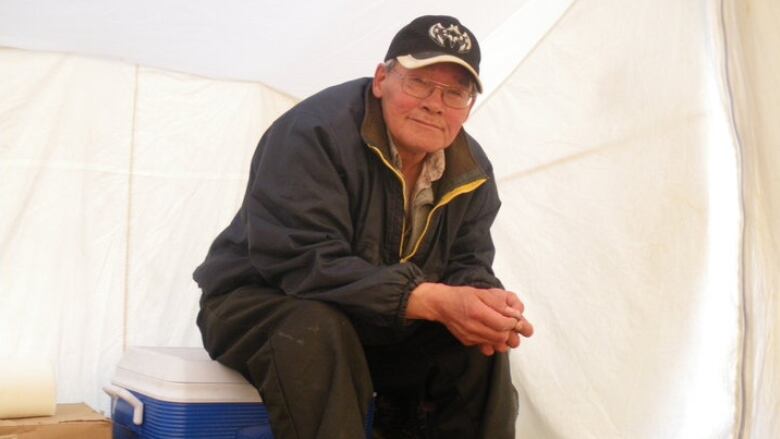Some Inuit may be refusing cancer treatment, study indicates
30% of Baffin region patients diagnosed 2000-2010 not referred to Ottawa cancer centre, say researchers

Thirty per cent of Inuit cancer patients from Baffin Island over a 10-year period weren't referred for chemotherapy or radiation treatment at an Ottawa cancer centre, according to anew study.
As Nunavuthas no cancer treatment centre, patients are sent to southern cities. Most patientsfrom the Baffin region are sent to the Ottawa Hospital Cancer Centre.
Researchers at the Ottawa Hospital CancerCentre did a chart review of all referrals to the centrebetweenJan. 1,2000, and Dec. 31, 2010. The datawerethen cross-referenced withthe cancer cases recordedintheNunavutcancer registry.
Dr. TimAsmis, a co-author of the study, says the 30 per cent statistic issomewhat comparable to a few other regions inCanada.
"One explanation would be that they could have had their cancer at an early stage that was dealt with surgically," he said.

Another explanation, according to Asmis, is some Inuit might have refused treatment.
"The distance they have to travel is enormousthey have to fly over 2,000 kilometres to Ottawa and oftentimes will have to stay there for a numberof weeks," he said.
Those who do choose to travel southfor treatment mayface emotional and financial stress.
"My family was visiting me down here for holidays, but they ran out of vacations, so now it's just me and my wife," saidElyPanipakoocho, a cancer patient from Pond Inlet who isreceiving treatment in Ottawa.
"I have to get injections that cannot be treated in the North, and had to use my insurance rather than my health-care plan to pay for that. It's cost me over $1,000."
The study also found that in cases of lung and colorectal cancer,Inuit womenwere more than twice as likely to get referred for treatment as men.
"We don't know why that is,"said Asmis.
"Maybe they're not seeing their doctors regularly, aren't undergoing cancer screeningor maybe they are choosing not be be referred. Those are questions we need to look into, because there is no gender discrimination between the cancers that are most common in Nunavutlung cancer and colorectal cancer."
He said another factor could bethe lack ofcancer resources in Inuktitutmaymakeitdifficult forInuit to make an informed decision about treatment.
He said the Ottawa hospital hopes to offer moreinformationand services in Inuktitut.
"We're working on improving Telemedicine, and recently there was a CT scanner placed in Nunavut, where patients will be able to undergo cancer staging and assessments," said Asmis.
"But we need to work closely with the government of Nunavut to develop more cancer prevention strategies."












_(720p).jpg)


 OFFICIAL HD MUSIC VIDEO.jpg)
.jpg)



























































































